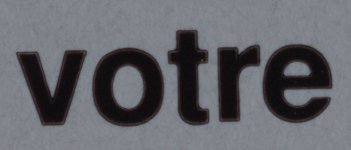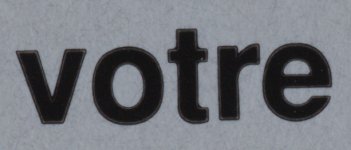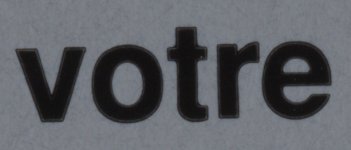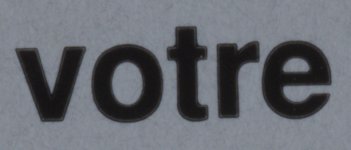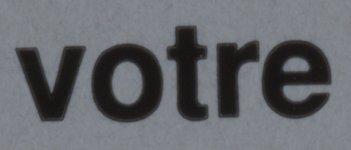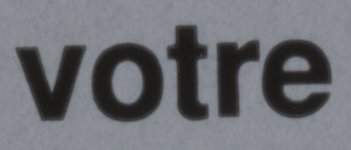Your cameras do offer good opportunity to compare pixel size, but you blew it. Try it again, and apply some tiny bit of standards of a scientific procedure.
The biggest blunder is that your two tests are not even compared at same size. It is just some pictures...
DX must of course be enlarged 50% larger than FX (to be the same size) to be able to compare same thing at same size, which is first rule. Enlargement is harder on DX, enlargement shows diffraction better (hence the "about one stop" FX advantage), but enlargement of that sensor size is its only difference. Same size is a necessary step. Same size is first rule of comparison. Showing the smaller image reproduced smaller gives it unfair advantage in a comparison of quality.
These letters are compared on screen here at about 120% size difference. Some of that difference must be the forum resizing. Your FX files are about 1.6x height, but the small letters in it are about the expected 1.5x in your cropping. Uploading same size images would be a fair comparison, and should avoid that forum difference too.
100% crops of FX and DX would be 150% (FX/DX), as you tried to show, but your responsibility is instead that a comparison must instead be shown same size. When we print 8x10 prints, or show full screen on our monitor, they are enlarged to the same size.
I might choose another lens, with more range, since if about diffraction, it would be great if you stopped down enough to show much effect of the diffraction. But above all, we should compare the same subject. Shoot the same word... and it should include the SAME letters (the same one ink printing of it). Exif is in it, that's good, but add some description, was the camera in fact at same distance on unmoved tripod? We believe you, just say it. What is the focus distance? (to the mark on rear edge of camera?) Technically, it would have more meaning if the lens were in a more normal working zone of distance (<10% size), since at this macro distance, the f/stops are not nearly same numbers as marked. You are of course greatly exceeding f/22 at this macro distance, up to a couple of stops, but we have no knowledge of what you are doing. At least the Nikon macro would show the corrected f/stop number, the numbers would have meaning.
The really big deal about stopping down, NOT mentioned in your test, is that the lens provides those stops because there definitely are many situations of stopping down when the increase of depth of field HELPS MUCH MORE than the diffraction HURTS. This can include f/40 (sometimes), and it is true regardless of pixel size. Let's face it, resampling a 24 megapixel image way down to be able to view it helps many things.
Stopping down is a wonderful tradeoff, sometimes, but not always.
